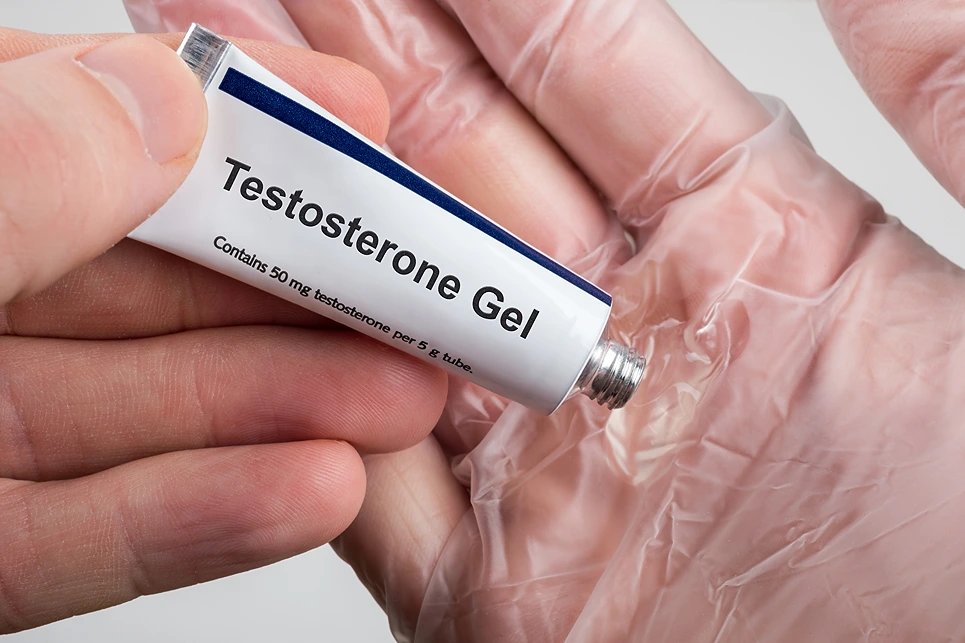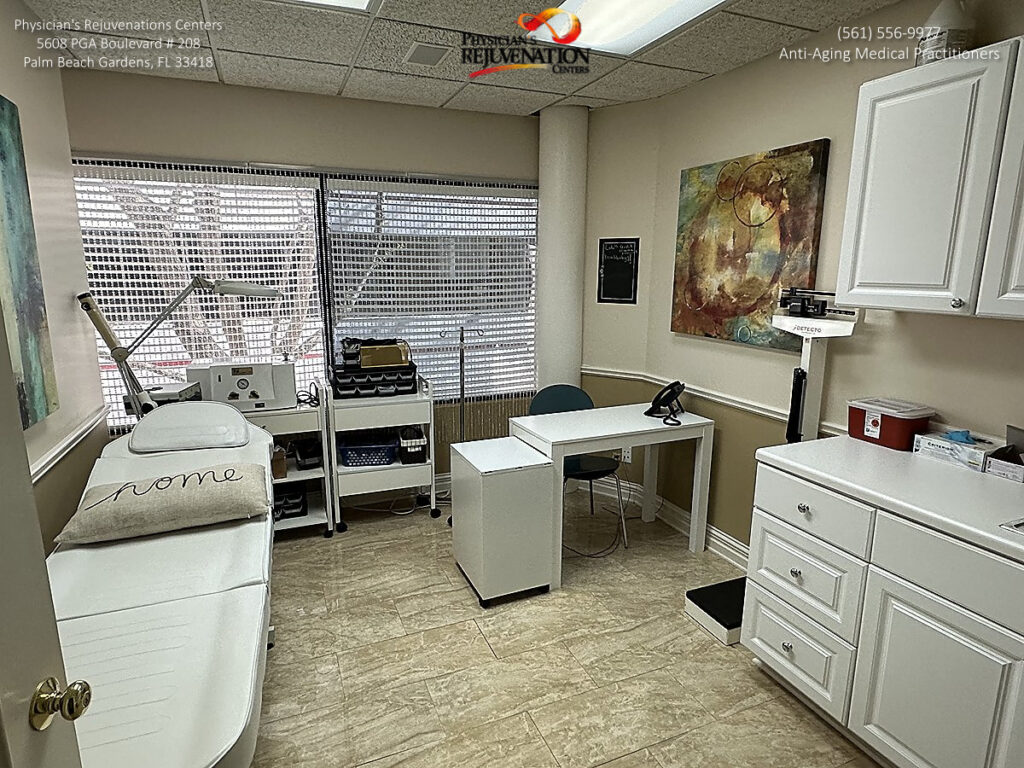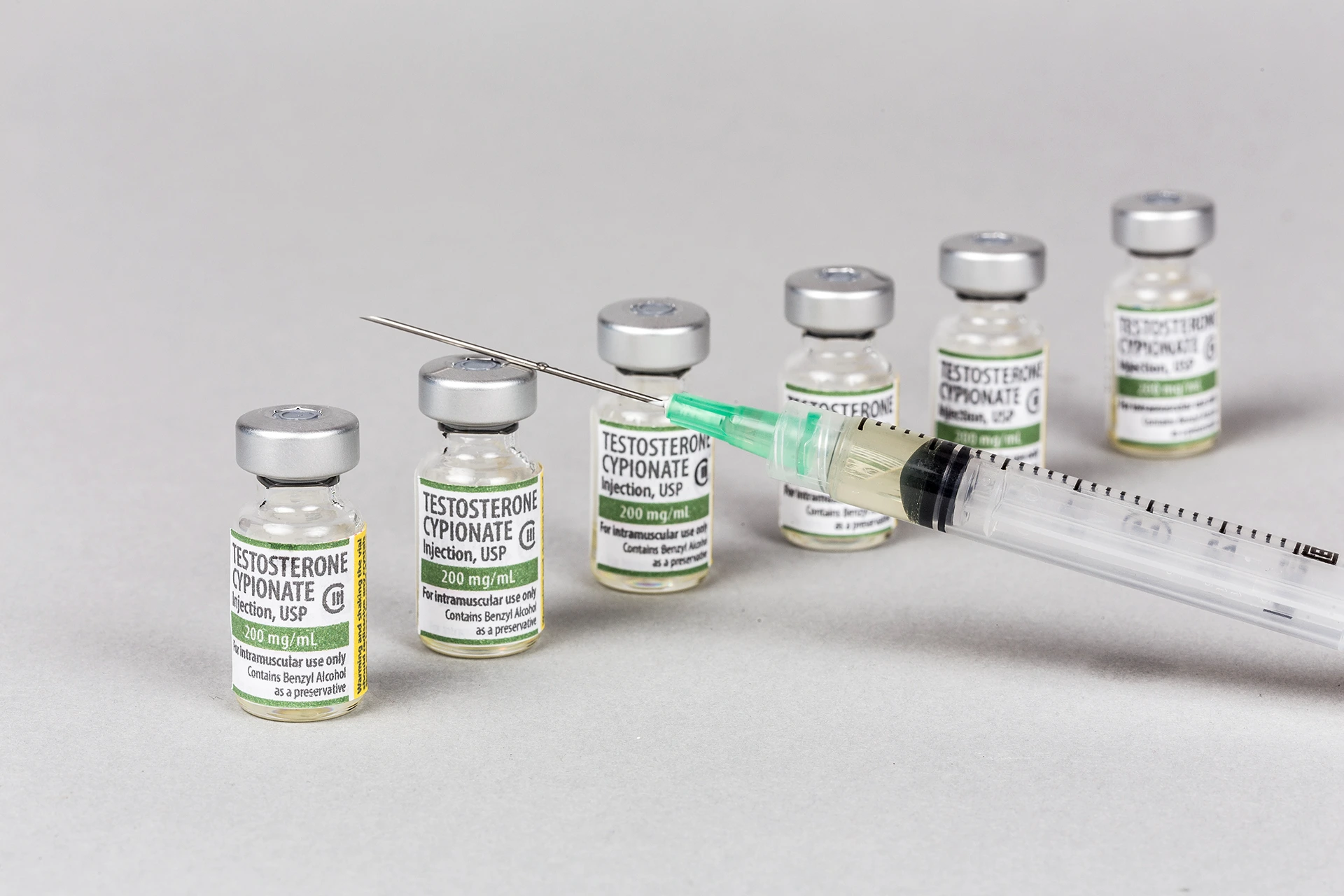This guide helps you navigate the most effective options for optimizing your testosterone levels.
Let’s be honest – getting older as a guy can really take its toll, especially in the bedroom. If your energy levels are dragging and your libido has taken a nosedive, you could be suffering from low testosterone.
Don’t just chalk it up to “normal aging” – replenishing your manhood is possible with testosterone replacement therapy (TRT). This powerful treatment restores your body’s depleted testosterone supplies, revving your engines to boost vitality and help you feel like your younger, virile self again.
But with all the different testosterone therapy options out there, how do you choose the best method for you? That’s what we’re breaking down today.
What Exactly Is Testosterone Replacement Therapy (TRT)?

Before we dive into the specifics, let’s make sure we’re all on the same page about what TRT actually is. At its core, testosterone replacement therapy introduces synthetic or bioidentical testosterone into your body.
So why would a guy need an extra testosterone boost? There are a few common culprits that can seriously shrink your manly supply:
- Hypogonadism – When your testicles aren’t producing sufficient testosterone on their own.
- Andropause – Also known as male menopause, this gradual testosterone decline starts around age 40.
- General Aging – As you get older, it’s natural for testosterone levels to slowly decrease over time.
When your body’s testosterone stores get drained, a whole host of unpleasant symptoms can emerge like:
- Fatigue and low energy
- Loss of muscle mass
- Increased body fat
- Low sex drive
- Erectile dysfunction
- Mood changes like irritability
- Problems with focus and concentration
By intelligently replacing what’s been lost with TRT, you can reclaim your vitality and feel energized, strong, and virile once more. That’s the power of boosting your testosterone!
What Are the Different Methods of Testosterone Replacement Therapy?
Now that we’re clear on why you might need TRT, it’s time to explore the different delivery methods for this liquid superhero.
There are several options to choose from:
Injections
This is the classic form of TRT that’s been around for decades. You’ll get injected with testosterone at regular intervals, kind of like getting a simple shot.
Common injection options include:
| Injection Option | Frequency | Duration |
| Testosterone Cypionate/Enanthate | Every 1-2 weeks | Stable levels |
| Testosterone Undecanoate (Aveed) | Every 10 weeks | Steady testosterone replacement |
| Subcutaneous Pellets | Every 3-6 months | Continuous supply |
While injections involve needles (no one’s favorite), they are extremely effective at instantly raising your testosterone.
Topicals
Looking for a no-needle method? Topicals let you slather or stick on your daily dose for smooth, steady absorption.
Popular choices include:
- Gels/Creams like AndroGel, Testim, Fortesta that you apply to clean, dry skin once daily.
- Adhesive Patches (Androderm) that you switch out weekly to deliver a steady stream.
These topicals avoid injections but can transfer residue to others through skin contact.
Orals
Oral testosterone capsules like Jatenzo provide an easy, no-mess solution. Simply swallow your prescribed dose for symptom relief.
The downside? These have lower absorption compared to injected or topical methods.
In Addition:
- Buccal Tabs (Striant) are placed between your gum and cheek twice daily.
- Nasal Gels (Natesto) get pumped into each nostril three times a day.
With all these unique delivery systems, there’s something to fit every man’s preference and lifestyle.
Which Testosterone Method is Best for You? Let’s Compare

So which TRT option should you choose? It really depends on your needs and priorities when it comes to:
Effectiveness: Overall, injections tend to be most potent at raising testosterone levels high into the normal range. Pellets and topicals can provide smoother, continuous dosing while orals are on the lower end of effectiveness.
Convenience: When it comes to pure convenience, testosterone capsules taken by mouth win hands-down. But patches, gels, and long-acting injections can also fit nicely into your routine. Frequent injections require the most effort.
Cost: This can vary a lot based on your insurance coverage and pharmacy prices. In general, gels/creams tend to be most affordable while pellets are the costliest option upfront.
Side Effects: All methods can potentially cause acne, sleep apnea, blood clot risk and other effects. But injections have a higher likelihood of ups and downs based on dosing.
At the end of the day, there is no universally “best” delivery method. Finding your ideal fit involves weighing the pros and cons of each based on your preferences, budget, and how your body responds.
How Do You Find the Right Testosterone Therapy for You?
The first step is getting thoroughly evaluated by an experienced hormone therapy provider. They’ll assess your medical history, symptoms, and order comprehensive bloodwork to analyze your current testosterone levels from multiple angles.
Based on these results and a physical exam, they can determine if TRT is medically appropriate and which delivery system could be optimal for you. Factors like your age, underlying conditions, lifestyle, and personal preferences are all taken into account.
From there, most providers recommend starting with a conservative testosterone dosage. This allows them to methodically increase or adjust your levels while carefully monitoring symptoms as well as any potential side effects.
The goal isn’t to simply jack your testosterone into the highest possible range. It’s about finding that ideal “sweet spot” where you’re receiving maximum benefits with minimal risks or reactions.
How Can You Maximize Your Testosterone Therapy Results?
While TRT itself is powerful, combining it with smart lifestyle habits can turbocharge your treatment outcomes even further.
Simple strategies like:
- Improving Your Diet – Focus on testosterone-boosting nutrients like vitamin D, zinc, healthy fats and quality protein. Limit sugar, processed foods and refined carbs.
- Exercising Regularly – Mix weight training to build muscle with aerobic exercise to shred body fat and enhance insulin sensitivity.
- Managing Stress – High cortisol saps testosterone, so make relaxation a priority through yoga, meditation or other calm-inducing activities.
- Optimizing Sleep – Getting 7-9 hours a night gives your body a chance to recharge, repair and produce optimal testosterone levels.
- Limiting Alcohol/Quitting Smoking – Both of these vices can significantly suppress testosterone production and renewal.
Making positive changes like these alongside your TRT protocol can provide a powerful 1-2 punch for amplifying benefits.
Additionally, some men find taking complementary therapies to be helpful in specific situations.
For example:
- HCG (Human Chorionic Gonadotropin) can aid natural testosterone production by stimulating the testes
- Aromatase Inhibitors like Arimidex may be used if you convert too much TRT into estrogen
- Clomiphene (Clomid) can be used to induce your pituitary to crank out more luteinizing hormone
Always discuss potential add-ons like these with your doctor first. But combining lifestyle upgrades and judicious use of complements can help you wring out every last drop of optimization from your TRT program.
Optimizing Testosterone Levels for Improved Health

The key to successful TRT is developing a comprehensive treatment plan personalized to your specific needs and goals. It should address all aspects of hormone optimization beyond just raising testosterone alone.
Work closely with your experienced TRT clinic or specialist to put together a well-rounded program that includes:
- The most suitable testosterone formulation and delivery method
- Adjunctive medications like HCG, AI’s, or supplements
- Frequent bloodwork to track levels and responses
- Recommendations for lifestyle factors like diet, exercise, and stress
- Treatments for any underlying conditions contributing to deficiency
Don’t view TRT as a one-and-done fix, but rather an ongoing process that requires careful monitoring and adjustments over time. As your body’s needs change with age and other circumstances, be willing to adapt your therapy approach.

